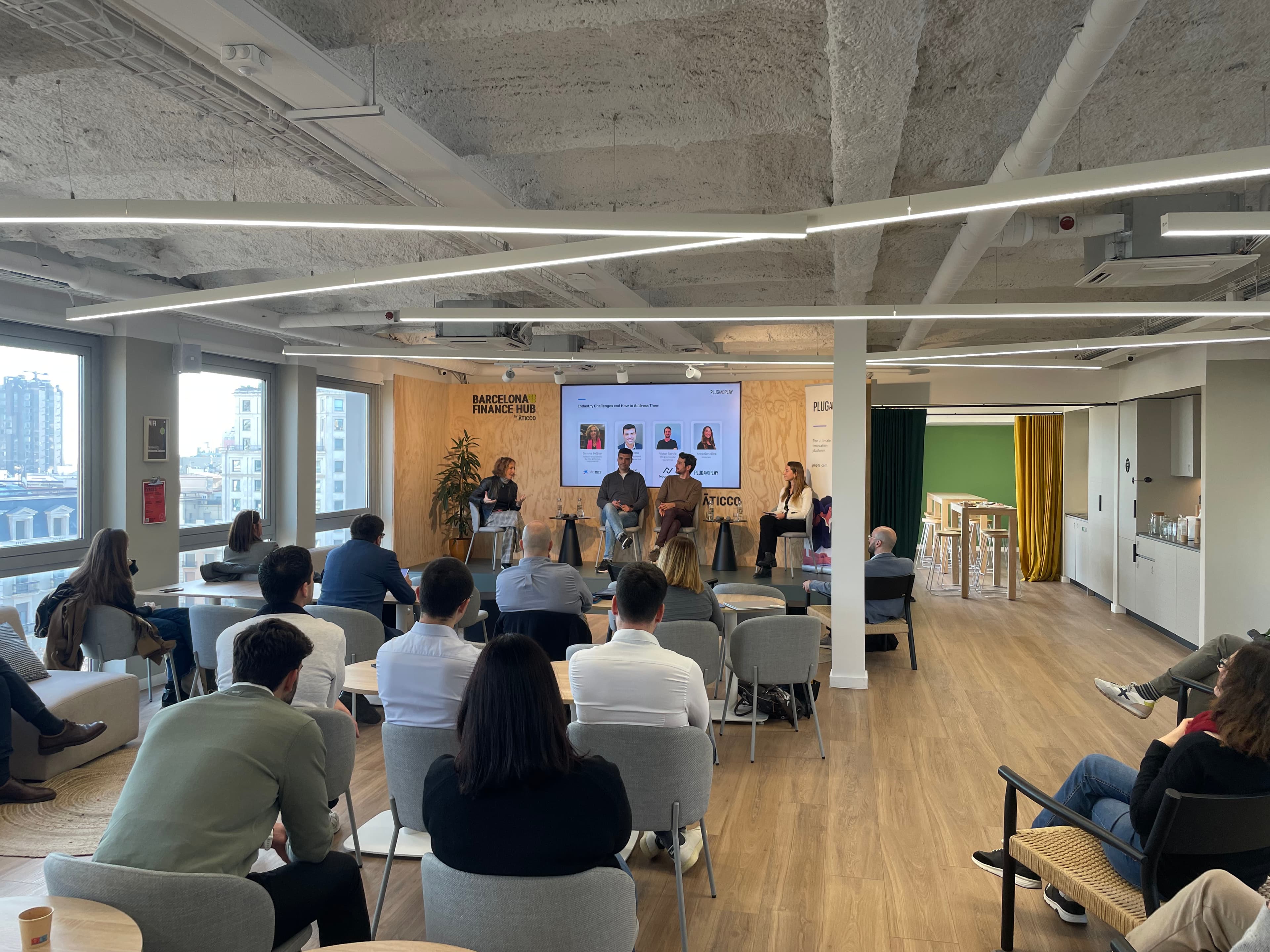AI Gateway vs. AI Guardrails: Understanding the Key Differences
As organizations increasingly adopt AI solutions, understanding the tools available for governance, security, and optimization is crucial to achieving operational excellence. AI Gateways and AI Guardrails serve complementary but distinct purposes in managing AI systems, offering capabilities for centralized control and ethical oversight, respectively.
In this blog, we delve into their unique features, specific use cases, and strategies for choosing the most effective solution for your organizational needs.
What Is an AI Gateway?
AI Gateways are comprehensive platforms designed to manage and streamline access to AI models. For example, a large e-commerce platform can use an AI Gateway to centralize API calls from multiple recommendation systems, ensuring consistent performance while controlling costs and enforcing security protocols. They act as a central hub for your AI.
Key Functions of AI Gateways:
- Model Deployment: Simplify the deployment of multiple AI models across environments by automating processes, reducing manual effort, and ensuring consistent configurations across different platforms or regions.
- API Management: Centralize control over API calls and manage costs associated with usage by monitoring call frequency, setting rate limits, and optimizing resource allocation to prevent overuse and ensure cost-efficiency.
- Security Enforcement: Provide authentication, encryption, and access control to protect AI endpoints by ensuring secure communication protocols, such as TLS, and implementing robust access policies to prevent unauthorized use.
- Performance Monitoring: Track metrics like latency, error rates, and response times to ensure reliable system performance and proactively address operational bottlenecks or service degradation.
Ideal Use Cases for AI Gateways:
- Multi-Model Environments: Organizations running several AI models benefit from centralized management, allowing seamless coordination, unified monitoring, and consistent updates across all systems.
- High API Usage: Enterprises needing to monitor and control extensive API interactions can use gateways to optimize resource allocation, track usage patterns, and implement cost-saving measures.
- Scalable Operations: Teams scaling AI applications across regions or departments rely on gateways to standardize deployments, ensure performance consistency, and handle the increased operational complexity effectively.
What Are AI Guardrails?
AI Guardrails are targeted solutions designed to enforce safety, security, and ethical compliance within AI systems by implementing rules and safeguards directly into the system to address specific vulnerabilities. For instance, in regulated industries like finance, guardrails can help prevent discriminatory lending decisions by identifying biases in historical data and ensuring outputs align with fairness principles.
While effective for addressing isolated challenges, guardrails often operate within a narrow scope, tackling immediate risks but lacking the scalability and system-wide oversight necessary for managing complex, multi-layered AI ecosystems.
Key Functions of AI Guardrails:
- Prompt Filtering: Guardrails block malicious or inappropriate inputs in real time, preventing harmful prompts or adversarial attacks. However, their effectiveness is limited when they are not part of a broader context-aware system capable of analyzing interactions across an entire ecosystem.
- Bias Detection: By analyzing outputs against fairness benchmarks, guardrails address biases to ensure inclusivity and equity. Yet, their visibility is often limited to individual systems, making them less effective in tackling biases across interconnected enterprise environments.
- Compliance Monitoring: Guardrails log interactions and flag potential regulatory violations with real-time alerts, helping to maintain audit trails. However, scaling these features across multiple systems is challenging without centralized coordination.
- Real-Time Monitoring: Guardrails identify performance anomalies or ethical drifts during operations, offering proactive insights. These insights are most effective when integrated with comprehensive systems that can adapt to and manage changes across diverse AI applications.
Ideal Use Cases for AI Guardrails:
- Generative AI Models: Guardrails protect LLMs by filtering harmful prompts and monitoring for hallucinations or inaccuracies. They address specific vulnerabilities but benefit from integration with broader, more adaptive security frameworks.
- Regulated Industries: Guardrails ensure compliance with industry-specific regulations such as HIPAA or GDPR, safeguarding data and maintaining operational transparency. However, their scalability is limited without centralized oversight.
- Ethical AI Applications: Guardrails embed fairness, transparency, and explainability measures into AI systems, ensuring alignment with ethical standards. While valuable, their impact is enhanced when part of a unified governance structure.
5 Key Differences Between AI Gateways and AI Guardrails

Choosing the Right Tool for Your Needs
Selecting the right solution depends on your organization's specific goals, scale, and complexity. AI Gateways are the optimal choice for enterprises requiring centralized control, scalability, and robust security across multiple models and environments. They offer future-proofed capabilities, aligning with where the industry is moving toward—providing the flexibility and adaptability needed to keep pace with evolving AI applications.
On the other hand, AI Guardrails cater to targeted applications, such as ensuring ethical compliance or filtering specific outputs in highly regulated industries. By understanding the unique strengths of each approach, businesses can align their AI strategies with their operational and security priorities.
Discover NeuralTrust’s TrustGate: Our Industry-Leading AI Gateway
Ready to elevate your AI strategy? NeuralTrust’s TrustGate is the ultimate solution for enterprises looking to secure, scale, and optimize their AI systems. Built to go beyond traditional guardrails, TrustGate provides centralized control, advanced security features, and future-proofed scalability—ensuring your organization stays ahead in the rapidly evolving AI landscape.
Explore TrustGate today and see how it can transform your AI operations.


